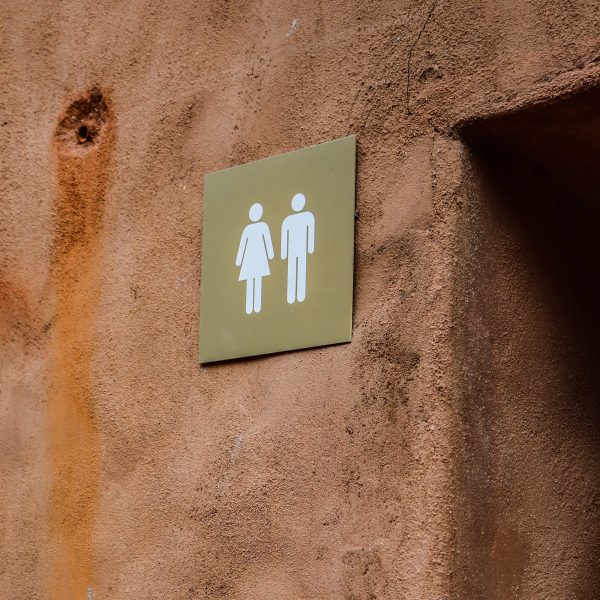Male average earnings increase at higher rate than women

Average weekly earnings are higher for men working full-time positions and are continuing to increase at a higher percentage than the average weekly earnings for women working full-time, latest data from the Australian Bureau of Statistics’ biennial Employee Earnings and Hours survey has shown.
The data is of interest to those working in the early childhood education and care (ECEC) sector given 94 per cent of the workforce is female, and comes at a time when the Australian Labor Party has pledge to address the gender pay gap through strengthening the ability of the Fair Work Commission to order pay increases for workers in female-dominated sectors), if elected.
The ABS data is based on information collected on 10,647,200 employees from May 2018, of which 49.9 per cent were male, and 50.1 per cent were female.
The survey showed that weekly earnings were higher for men working full time ($1,811) than for women working full time ($1,516), with full-time male average weekly earnings increasing at a higher percentage (4.8 per cent) than female average weekly earnings (4.05 per cent) compared to the last reporting period of May 2016.
ABS Chief Economist Bruce Hockman said “Full-time employees, who make up the majority of employees, received an average earnings of $1,699 per week, which would be around $88,000 in annual terms.”
Workforce casualisation a myth?
The May 2018 data showed that 78 per cent of employees were employed on a permanent or fixed-term basis, while 22 per cent were employed casually. Contrary to other reports, this demonstrates a plateau in workforce casualisation, which was reported at 22.6 per cent in the May 2016 Employee Earnings and Hours survey.
At May 2018 average weekly total cash earnings for casual employees was recorded at $814.20 for males, and $524.30 for female employees. This has increased from the May 2016 data of $735 for males, and $471.40 for females, with the percentage increase in female average weekly casual earnings sitting slightly higher at 11.2 per cent compared to 10.7 per cent.
How are wages set?
The ABS data showed that the most common method of setting pay was a collective agreement (40 per cent), followed by an individual arrangement (37 per cent). Less than a quarter of employees were paid according to an award (23 per cent).
“Men were more likely to have their pay set by an individual arrangement (44 per cent), whereas the most common method for women was a collective agreement (42 per cent),” said Mr Hockman.
Visit the Australian Bureau of Statistics’ website to read the biennial Employee Earnings and Hours survey data in full.
Popular

Policy
Economics
Jobs News
Provider
Workforce
Children’s Services Award changes finalised to address gender-based undervaluation
2025-12-12 06:58:10
by Fiona Alston

Provider
Workforce
Quality
Fair Work Commission confirms forced resignation grounds in case involving early learning provider
2025-12-08 07:30:23
by Fiona Alston

Workforce
Quality
Practice
Provider
Research
How one teacher is using Little J & Big Cuz to build empathy, understanding and confidence in First Nations learning
2025-12-08 07:15:19
by Fiona Alston















